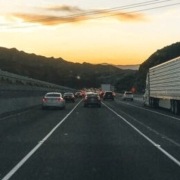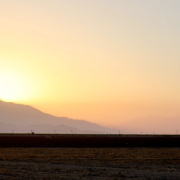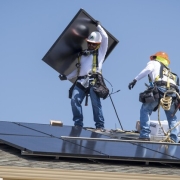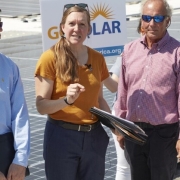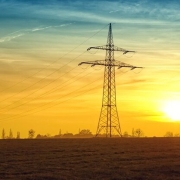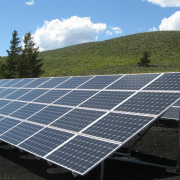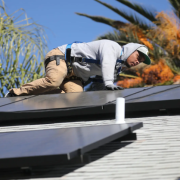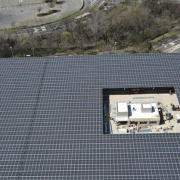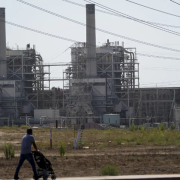The California Assembly, by a 79-0 vote on September 13, passed legislation to encourage the installation of solar power infrastructure along California’s highways. Environment California sponsored SB 49, which was authored by Sen. Josh Becker. The bill also passed a concurrence vote in the state Senate on Thursday evening and is on its way to the governor’s desk for him to sign into law.
“California needs to supercharge its deployment of solar panels and battery storage, and this bill takes advantage of some of the best places to do just that,” said Laura Deehan, Environment California’s state director. “We must think creatively to quickly utilize available spaces to build solar panels. Using the land along highways will help us speed toward a future powered by 100% clean energy in California.”
Click here to read the full article
Source: Solar Power World
—
If you have any questions or thoughts about the topic, feel free to contact us here or leave a comment below.

